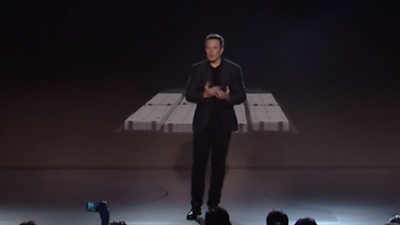I truly think Elon is referring to the Tesla Semi on that "350kW is child's play". Already, Tesla will
permanently throttle charging speed on your Model S/X if you fast-charge (i.e., 50kW+, including Superchargers) too often (i.e., DC fast-charged over 30,000 miles of your mileage).
Unless the 2170 cells have had a major breakthrough in charge rate C or unless Tesla has figured out how to charge more safely, I don't see anything over 150kW+ done safely on a consumer-level car done by Tesla in the upcoming future.
Though Tesla said about this that they don't throttle the charging, some battery packs will see a degradation in the charging capability from heat which will cause limits to fast charging. In other words the limit comes from the laws of Physics, not from any corporate policy.
If you minimize parasitic reactions and lower the temperature then why not...
Big ask. Tesla already puts some pretty significant cooling into the cars and minimizing the parasitic reactions is a tough enough problem that some of the top battery engineers in the world have been working on them for years with little luck. It sounds easy, but it isn't.
Ultimately faster charging speeds will probably happen when we have some kind of breakthrough that gets us away from li-ion and wet electrolytes. Minor breakthroughs have allowed minor advancements in the technology, but we're pretty close to the most we can do with the technology.
The cutting edge labs are researching new technologies beyond li-ion. In the last few months 3-4 labs have announced some promising breakthroughs in solid state electrolytes which allow the use of solid lithium for the anode. They promise advancements in energy density, weight, and safety. Charging speed wouldn't have to be improved much if charge density had a major improvement.
If the battery pack was 30% lighter and the charge density was just 2X the current best (probably realistic with solid state batteries), a Model S would have a range around 700-800 miles. That's good enough for an entire day's travel for most people. With an expansion of destination chargers, most people would drive all day on one charge and then recharge the car overnight while they slept. In cold weather or if someone was doing a marathon cross continent drive, they might still want to supercharge once in a day, but that would probably be a meal stop.
For those who don't have access to charging at home, destination chargers at supermarkets and other places where people could plug in for a couple of hours would probably do the job for most people. Curbside chargers in neighborhoods with urban apartments would help people keep their car charged too.
This wouldn't be possible until the early 2020s at the earliest. Probably mid-2020s is more likely.



